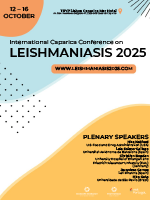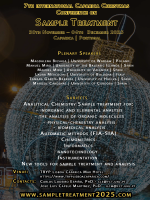Quantitative Proteomic Analysis of Retina in Oxygen-Induced Retinopathy Mice using iTRAQ with 2D NanoLC-nanoESI-MS/MS
DOI: 10.5584/jiomics.v1i2.36
Abstract
Analysis of retina proteome during the hypoxia-induced retinal neovascularization (RN) process may be helpful to elucidate pathogenesis of the related diseases, such as diabetic retinopathy (DR) and retinopathy of prematurity (ROP). RN model was induced in C57BL/6 mice by exposing 7-day-old mice to 75% oxygen for 5 days followed by 5 days in room air. Retina tissues at postnatal day 17 from both control and oxygen-induced retinopathy (OIR) mice were used for proteomic analysis. We have employed a quantitative proteomic approach, iTRAQ coupled with 2D nanoLC-nanoESI-MS/MS to quantitatively compare the relative changes in the retinal proteome from control and OIR mice. In total, 264 proteins from mouse retina were identified at a 95% confidence level. Among them, OIR induced significant changes in 28 proteins (14 up-regulated and 14 down-regulated). Obvious changes include the up-regulation of a few plasma proteins (indicating the breakdown of the blood-retina barrier) vimentin, ribosomal proteins, some proteases, neural cell adhesion molecule (NCAM) 180, retinoschisin and down-regulation of several crystallins such as isoform 1 of α crystallin A chain, isoform 2 of α crystallin A chain, a crystallin B chain, g crystallin D and b-A3/A1 crystallin. The iTRAQ result of a crystallin B chain was also confirmed by Western blot analysis. The proteomic results showed in this study should provide new avenues for understanding the pathogenesis of retinal neovascularization and its related retina diseases.









